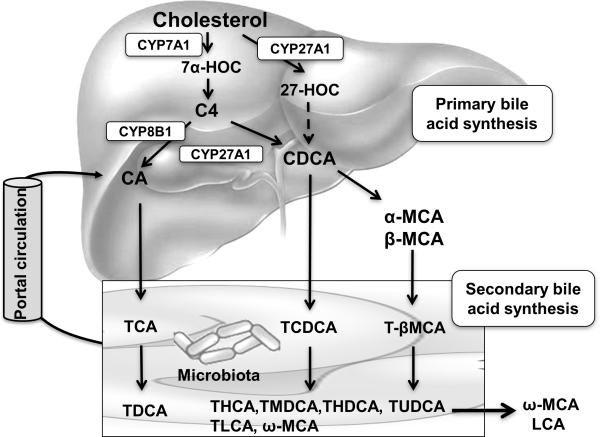Figure 1. Bile acid biosynthetic pathways.
Two major bile acid biosynthetic pathways are shown. The classic pathway is the major bile acid synthetic pathway in the liver. In this pathway, cholesterol is converted to 7α-hydroxycholesterol (7α-HOC) by the rate-limiting enzyme cholesterol 7α-hydroxylase (CYP7A1), which is located in the endoplasmic reticulum. The sterol 12α-hydroxylase (CYP8B1) converts the intermediate 7α-hydroxy-4 cholesten-3-one (C4) to 7α, 12α-dihydroxy-4- cholesten-3-one, leading to synthesis of cholic acid (CA). Without 12αhydroxylation by CYP8B1, C4 is eventually converted to chenodeoxycholic acid (CDCA). The mitochondrial sterol 27-hydroxylase (CYP27A1) catalyzes the steroid side-chain oxidation in both CA and CDCA synthesis. In the alternative pathway, CYP27A1 converts cholesterol to 27hydroxycholesterol (27-HOC), which eventually is converted to CDCA. In mouse liver, most CDCA is converted to α- and β-muricholic acid (MCA). MCA is only found in trace amount in humans. In the large intestine, bacterial 7-dehydroxylase removes a hydroxyl group from C-7 and converts CA to deoxycholic acid (DCA) and converts CDCA to lithocholic acid (LCA). CYP3A1 and epimerases also convert CDCA to the secondary bile acids, including hyocholic acid (HCA), murideoxycholic acid (MDCA), ω-muricholic acid (ω-MCA), hyodeoxycholic acid (HDCA) and ursodeoxycholic acid (UDCA). Most LCA and ω-MCA are excreted into feces.

